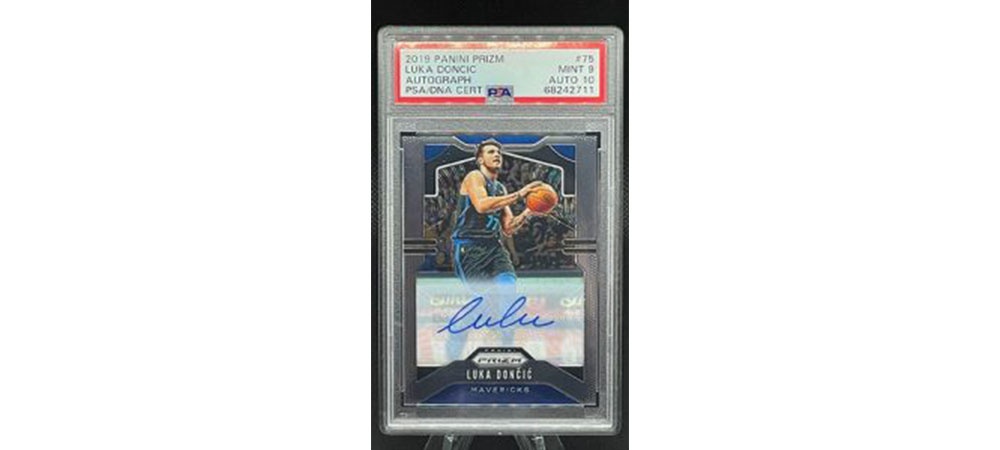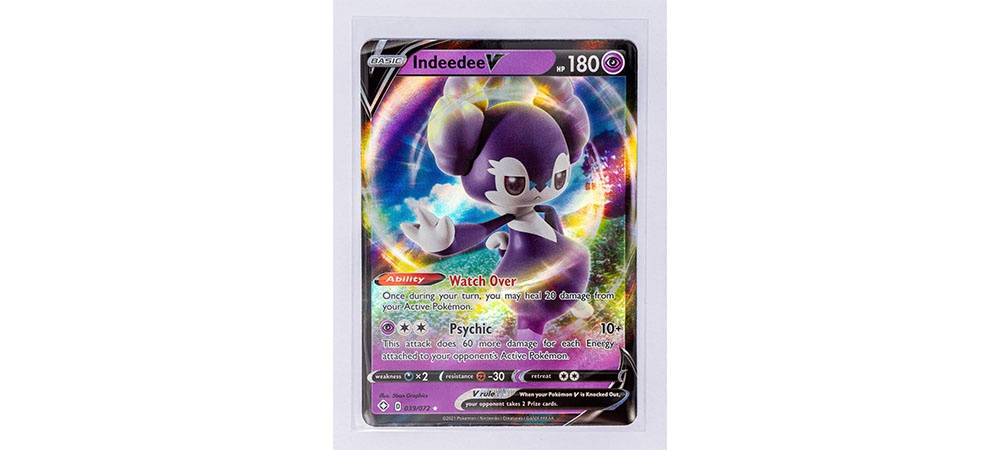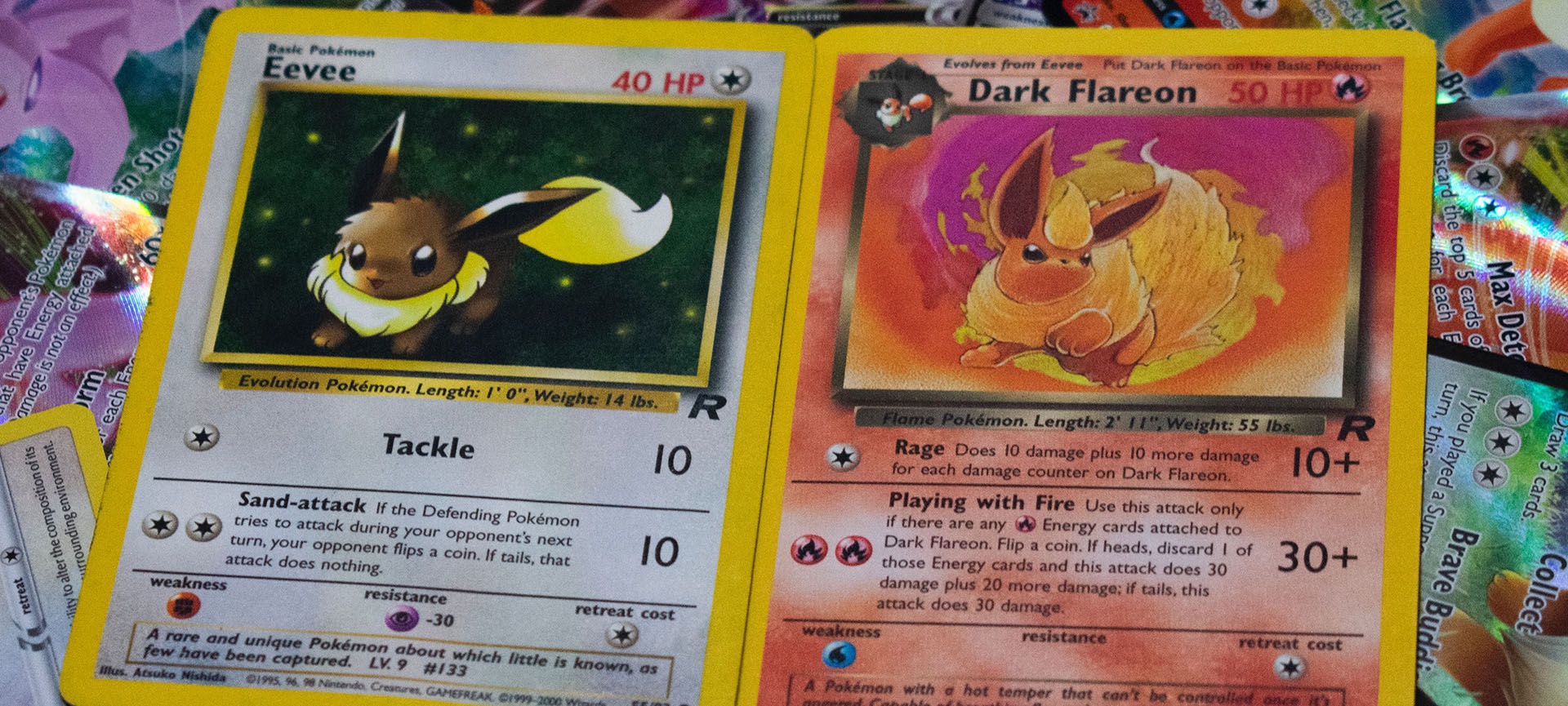Getting the right grading is every card collector’s dream. Every card collector knows the difference between one grade and another can be subtle. However, understanding the factors that determine each rating level is critical.
Grading companies use different tools to check a card’s condition before rating it. But how can you prepare your card for higher grades when your preferred grader ratings them? Protecting your card from its purchase date is the best preparation for higher grading.
Our post discusses how you can prepare your cards for high grades. Remain on board to learn more and earn good card grades.
Understanding the Five Attributes Determining Higher Card Grading
Let’s examine the five essential attributes card graders look for in cards before looking at your role in getting the right grade. A card that scores high against these criteria has the following:
- Four sharp corners
- Sharp focus (non-blurry images)
- Free of any staining from fingerprints, water stains, and sunspots
- Centred front – doesn’t exceed 55/45 to 60/40 percent
- Centred back – doesn’t exceed 75/25 percent
- Minor print imperfections
All card raters examine the following attributes before assigning grades to achieve these qualities.
- Centring
Centring is your card’s border width. Its border sizing must be equal on the left, right, top and bottom. A card that appears lopsided is off-centring.
- Corners
Corners are another grading criterion grading companies use. Cards with four sharp corners can alleviate other concerns, especially on older cards. A slight corner imperfection can significantly distinguish grade 9 from 10.
- Edges
Grading firms consider a card’s edges. The edges should be sharp and the colors constant. Imperfect edges with dings, dents, or subtle discolorations can compromise a card’s grade.
- Surface
Your card’s surface is in its overall cardboard condition. Faded autographs and scratches are common dents that negatively affect a card’s rating.
- Autographs
Lastly, your card grader will rate your cards based on their autograph quality. Your card receives a high rating if the autograph’s ink isn’t smeared or faded.

Preparing Your Cards for the Right Grades
Now, the ball is in your court to prepare your cards for grading. Below are the three preparatory steps before handing in your cards for rating.
1. Inspect the Card with a Magnifying Lamp
Card graders inspect cards using magnifying lamps and other tools to detect any dent before assigning grades. A serious collector can invest in any of these tools to observe your cards before grading.
- A Magnifying lamp
You can use it to check for dents your naked eye would easily fail to detect.
- Jeweller’s loupe
A jeweller’s loupe is another tool you can use to get a 10X magnification. Its magnification power is enough to inspect any card closely before submitting it for grading.
- UV Light
You can also inspect your cards using UV light. It can identify restoration attempts where the card was altered with tape, glue, or other materials.
- Sunlight
Lastly, inspect the card’s surface using sunlight. While the above tools are good, sunlight always reveals what artificial light sources can’t.
2. Inspect Using a Centering Tool
We saw that your card’s centring is one of the primary attributes a grader uses to assign grades. You must examine this attribute before submitting your card to get a good grade. Investing in a simple centring tool helps you determine each card’s centring.
A centring tool is a clear piece of hard plastic you can buy for as low as $10. It is an easy way to ensure you receive a grade aligned with what you expected. Some people use rulers to determine their cards’ centring. If you take this path, the centring grade should be 60/40 or better to fetch a grade of 9 or higher.
3. Clean Your Card Surface
They say cleanliness is next to godliness. Card cleanliness is also next to higher grades in the card grading world. If your card scores high on the five attributes above, clean it before submission for grading. Leading graders like PSA and BGS give your cards low grades if they are stained or smudged.
So, use a microfiber cloth to clean your card before grading. This material lets you remove fingerprints, dust, and any gunk without scuffing or scratching the card’s surface or edges. You should remove these dents carefully to avoid damaging your card.

Conclusion
Grading companies determine your cards’ overall grades. However, you have a role in enabling graders to assign your cards the right grade. We shared what you should do to get such favourable grades. Use these insights to get maximum card ratings for your valuable collectibles.
Are you seeking to submit your cards for grading? Let’s help you submit them safely. Our lines are open; contact our team today for all your card submission needs.




